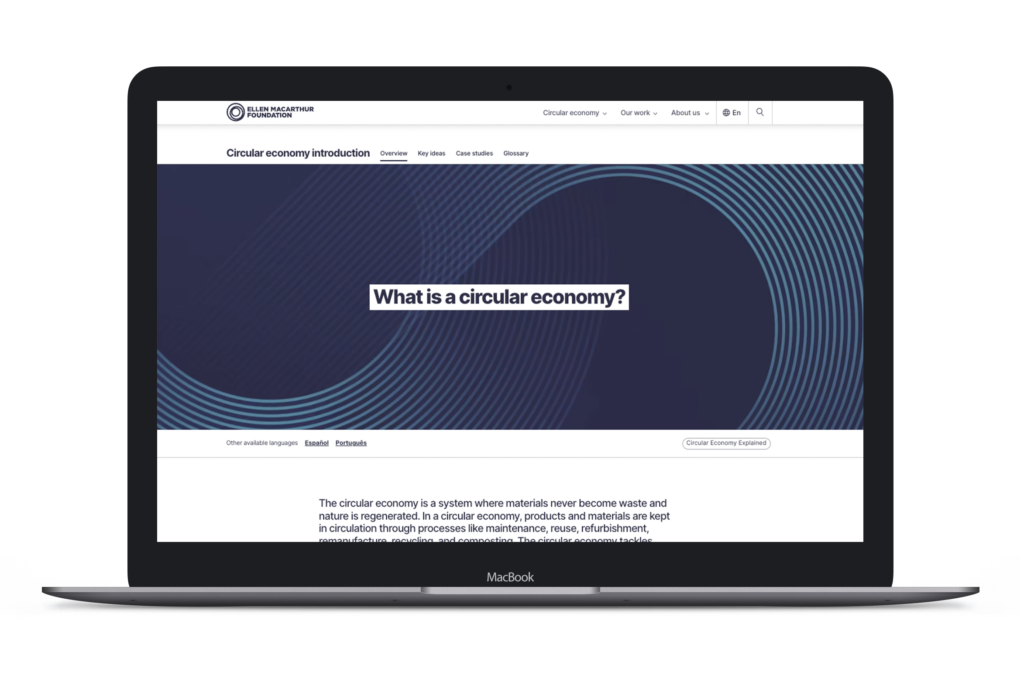 NEW REPORT
NEW REPORT
Plastic pollution and climate change are interconnected threats that drive global social injustice, with the construction industry being a significant contributor due to its prolific use of plastics.
Recently, efforts to recycle or downcycle plastics into building materials have accelerated, leading to incorporation of plastic waste into materials such as composite asphalt-plastic roads, plastic adhesives, and plastic-concrete. However, research suggests these practices may exacerbate environmental, health, and social problems, acting as “greenwashing” that distracts from real solutions. This mini review evaluates the impacts of using plastic waste in construction materials and calls for caution and further research before widespread adoption. Read the full review to explore the evidence and recommendations in detail.

Discover the urgent need to protect children’s developing brains from the harmful effects of plastics and toxic chemicals with this recent report, “Protecting the Developing Brains of Children from the Harmful Effects of Plastics and Toxic Chemicals in Plastics.”
This briefing paper, prepared by experts from Project TENDR, summarizes mounting scientific evidence linking plastic exposure to neurodevelopmental disabilities and cognitive deficits in children. It also provides essential policy recommendations to strengthen the new global treaty on plastics pollution. Download the report or watch the webinar to learn more about how we can address the toxicity and proliferation of plastics and petrochemicals.
The circular economy is a transformative system where materials are continuously repurposed, ensuring nothing becomes waste and nature is regenerated.
This approach involves processes like maintenance, reuse, refurbishment, remanufacture, recycling, and composting to keep products in circulation. By decoupling economic activity from finite resource consumption, the circular economy addresses climate change, biodiversity loss, waste, and pollution. Rooted in the principles of eliminating waste and pollution, circulating materials at their highest value, and regenerating nature, this resilient system benefits businesses, people, and the environment.


The time to address the plastic crisis is now. Plastic pollution is a global issue demanding urgent, coordinated action from all stakeholders. This report highlights the Geneva Beat Plastic Pollution dialogues, which played a crucial role in shaping the negotiations for a global agreement. These dialogues raised awareness and urgency, culminating in the historic mandate at UNEA 5.2 to negotiate an international legally binding instrument to end plastic pollution.

Explore the critical role of value engineering (VE) in plumbing systems with this comprehensive report, “Value Engineering in Plumbing Systems.” Discover how effective VE can optimize costs without compromising essential functions, while understanding the potential pitfalls through real-world examples like the costly Baltimore hotel case.
Learn from the insights of industry professionals who emphasize the importance of balancing cost with durability, safety, and sustainability. This report provides essential guidance for architects, engineers, and contractors on making informed decisions to maintain plumbing system integrity and avoid costly mistakes. Download the report today to enhance your approach to VE in plumbing projects.

Habitable’s report, “Advancing Health and Equity through Better Building Products,” reveals the current state of building materials used, with nearly 70% of typical products in the categories analyzed containing or relying on the most hazardous chemicals.
The results, based on data for Minnesota affordable housing, are consistent with products used in other building types and geographic regions. The report highlights examples of leaders within and beyond Minnesota’s built environment who are already taking action toward safer material choices. It also provides guidance on how the real estate industry can begin working toward a healthier future by “stepping up from red-ranked products”—the most polluting and harmful throughout their life cycle based on Habitable’s research and Informed™ product guidance.
A path towards planetary health is more urgently needed now than ever, but our current materials economy creates rampant pollution, climate change, and growing inequity. Shifting from harmful practices to healthful solutions will require cross-sector partnerships, holistic thinking, and exciting new approaches that reduce the burden of industry on people and our planet.
Watch Habitable’s special Earth Month webinar featuring leading global voices, including:
- Dr. Bethanie Carney-Almroth
- Dr. Veena Singla
- Martha Lewis
Moderated by Gina Ciganik, CEO of Habitable

In this opinion piece, architect Martha Lewis addresses the ecological polycrisis of the twenty-first century and its impact on the architectural sector, emphasizing the urgent need for architects to reassess material choices and construction methodologies to mitigate environmental consequences.

Tests by Consumer Reports found bisphenols and phthalates, chemicals used in plastic, in a wide range of packaged foods, raising concerns due to their potential health effects, including disruptions to the endocrine system and associated health issues.

Scientists are investigating how exposure to environmental stressors during pregnancy affects the health of both fetuses and pregnant individuals, highlighting the need for further research to protect the almost 130 million people worldwide who give birth annually.

 Pollution
Pollution Health
Health Equity
Equity